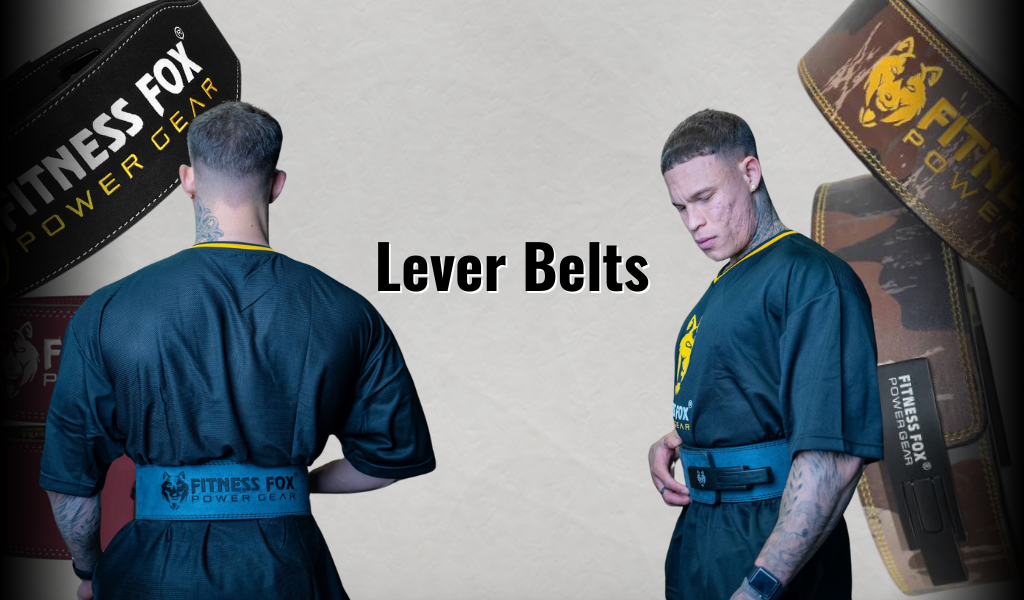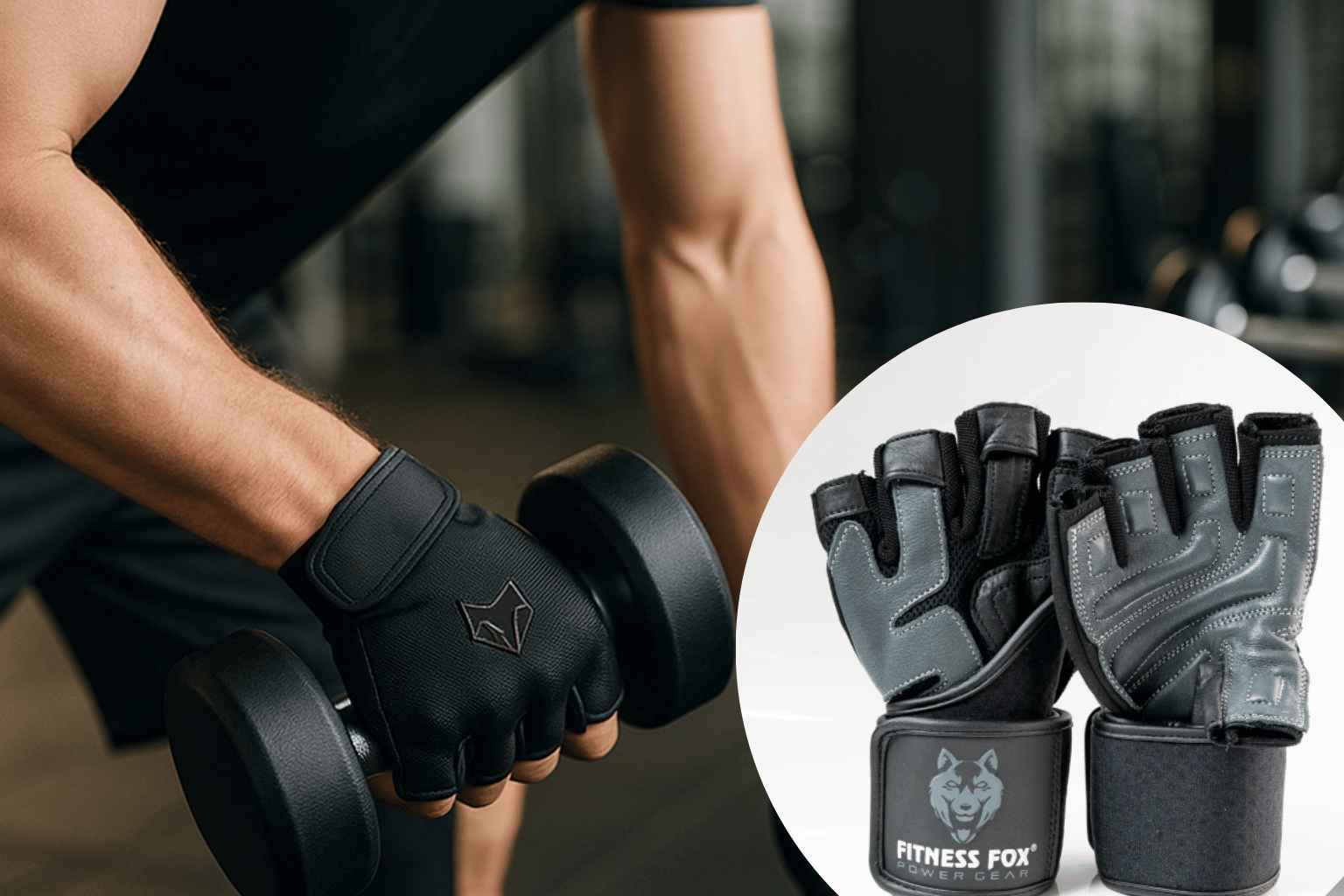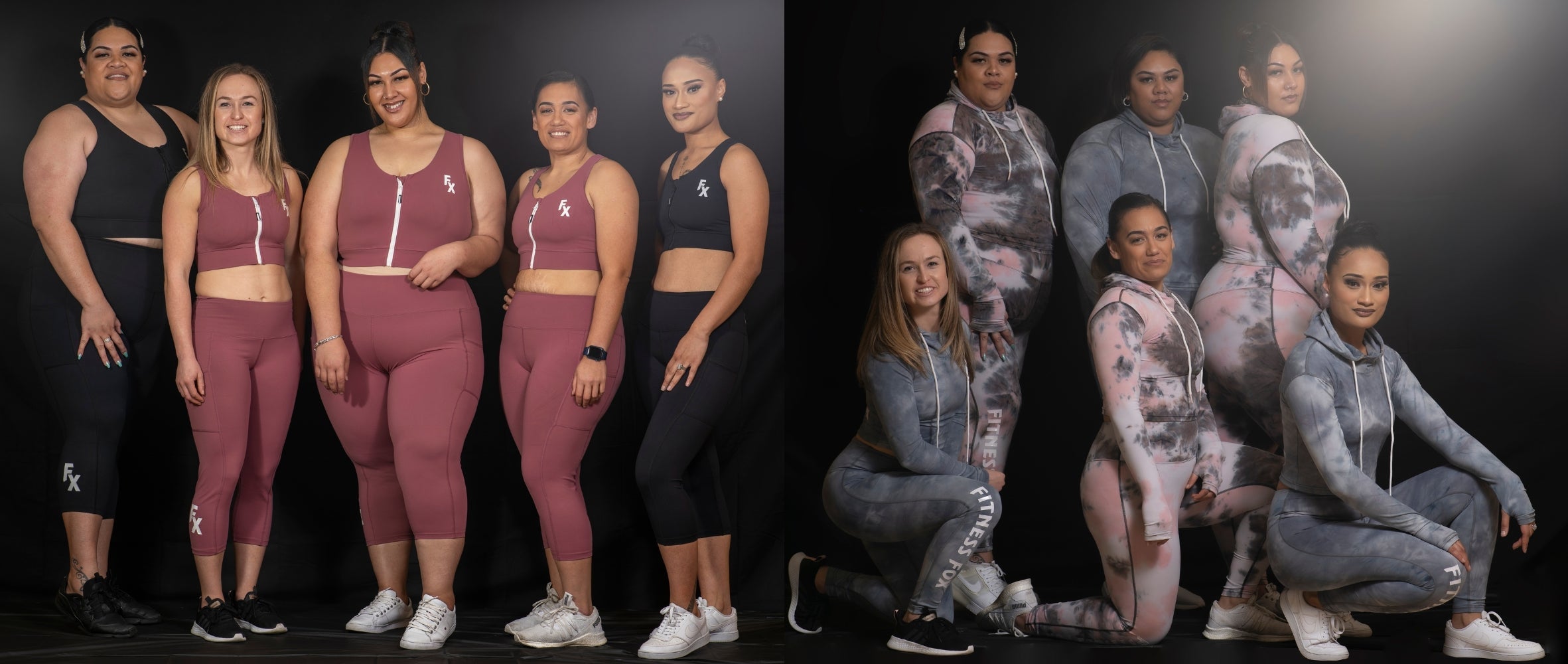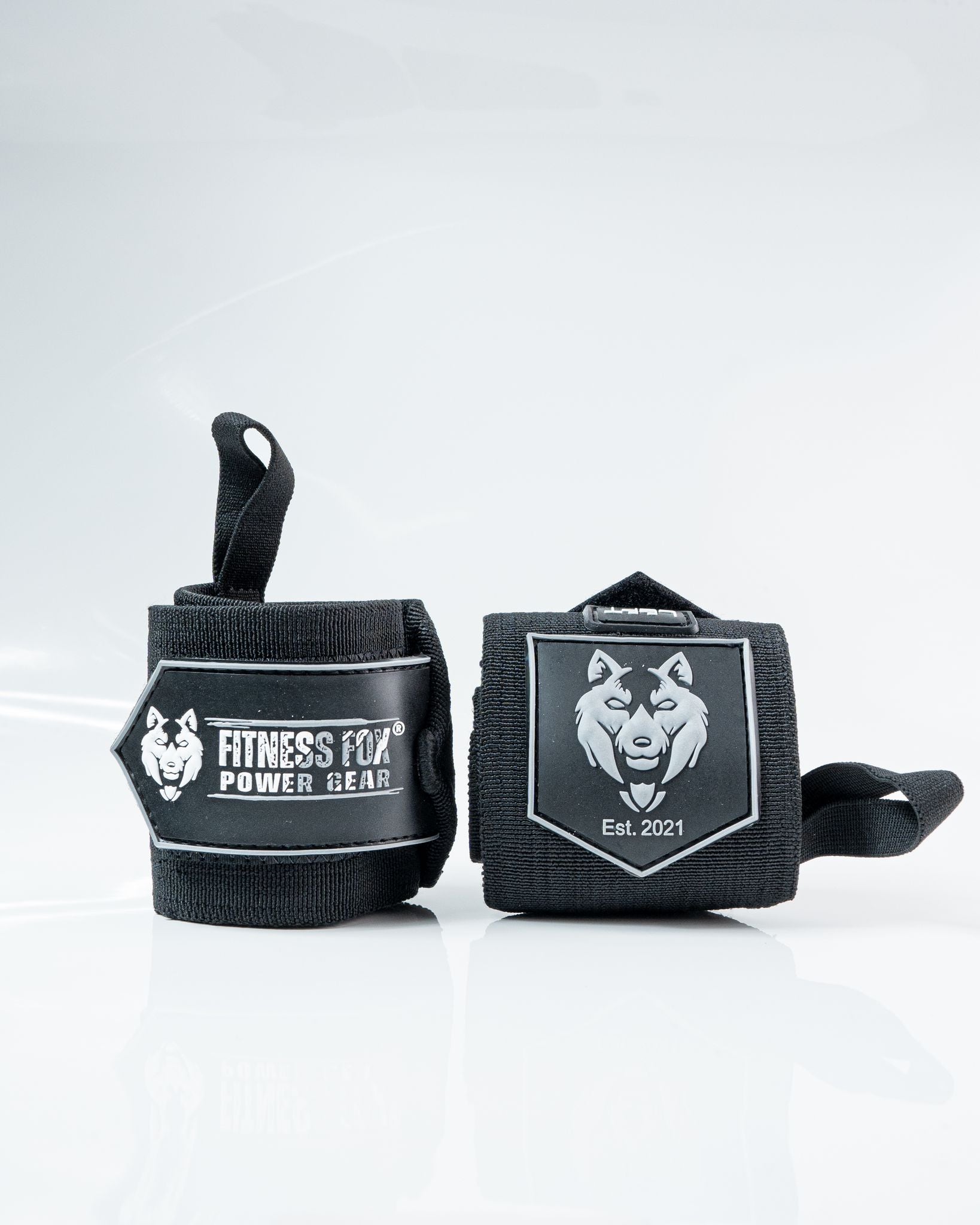Wrist wraps are essential for athletes, weightlifters, powerlifters, and fitness enthusiasts looking to protect their wrists and enhance performance. Whether you’re lifting heavy weights, performing calisthenics, or recovering from an injury, wrist wraps provide the necessary support to stabilize the wrist joint and prevent unnecessary strain.
In this guide, we’ll cover how to wear wrist wraps properly, the different types available, when to use them, and how they can benefit your workouts.

Why Wear Wrist Wraps?
Wrist wraps are not just for professional athletes; they are useful for anyone involved in strength training or exercises that put stress on the wrists. Here’s why you should consider using them:
1. Provides Stability and Support
-
Wrist wraps help to stabilize the wrist joint, reducing unwanted movement that can lead to injury.
-
They prevent hyperextension, which can occur when lifting heavy weights.
2. Reduces Wrist Pain and Discomfort
-
If you have weak or sore wrists, wrist wraps provide compression and support, alleviating discomfort.
-
They are especially useful for individuals recovering from previous injuries.
3. Enhances Grip Strength
-
By stabilizing your wrist, wrist wraps allow you to maintain a stronger grip on the barbell, dumbbell, or pull-up bar.
-
This is especially beneficial for heavy lifts like the bench press, deadlift, and overhead press.
4. Helps Prevent Injury
-
Repetitive stress on the wrist can cause strains and overuse injuries. Wrist wraps minimize the risk of such injuries by providing extra support.
Different Types of Wrist Wraps
Before learning how to wear wrist wraps, it’s essential to understand the different types available:
1. Velcro Wrist Wraps
-
Most commonly used in weightlifting, powerlifting, and CrossFit.
-
Easily adjustable and offers a balance between flexibility and support.
2. Elastic Wrist Wraps
-
Provide maximum support and are used in powerlifting and heavy strength training.
-
Less flexible but offer superior wrist stability.
3. Cotton Wrist Wraps (Loop Wraps)
-
Popular in calisthenics and gymnastics.
-
Offer moderate support while allowing for wrist mobility.
4. Leather or Neoprene Wrist Straps
-
Used for deadlifts and pull-ups to improve grip.
-
Not primarily for wrist support but useful for reducing forearm fatigue.
How to Wear Wrist Wraps Properly
Wearing wrist wraps correctly ensures you get the maximum benefit. Follow these step-by-step instructions:
Step 1: Choose the Right Wraps for Your Workout
-
Use elastic or Velcro wraps for heavy lifting and pressing exercises.
-
Opt for cotton wraps if you need mobility for calisthenics and gymnastics.
Step 2: Position the Wrap Correctly
-
Unroll the wrist wrap completely and locate the thumb loop.
-
Place the loop around your thumb to keep the wrap in place while wrapping.
-
Start wrapping at the base of your palm where the wrist meets the hand.
Step 3: Adjust the Tightness
-
Wrap the wrist snugly but not too tight to avoid cutting off circulation.
-
The wrap should provide support without restricting movement completely.
Step 4: Secure the Wrap with Velcro or Tuck the End
-
If using a Velcro wrap, secure it firmly in place.
-
If using a cotton wrap, tuck the end under the last wrap layer.
Step 5: Test Your Wrist Mobility
-
Move your wrist to ensure you have enough support but still some flexibility for your exercise.
-
If it feels too tight, loosen it slightly. If too loose, tighten it for better stability.
When to Wear Wrist Wraps
Wrist wraps should not be worn all the time. Over-reliance on them can lead to weakened wrist muscles. Use them strategically during:
1. Heavy Lifting Sessions
-
Bench Press
-
Overhead Press
-
Deadlifts (if experiencing wrist strain)
-
Squats (if holding the barbell stresses your wrists)
2. High-Intensity Workouts
-
CrossFit workouts involving Olympic lifts.
-
Strongman training.
3. Calisthenics and Gymnastics
-
Handstands
-
Planche training
-
Muscle-ups
4. Injury Recovery and Prevention
-
If recovering from wrist strain or an injury, wraps provide extra support during rehabilitation.
Common Mistakes to Avoid
Wearing wrist wraps incorrectly can lead to reduced effectiveness and potential wrist strain. Avoid these common mistakes:
1. Wrapping Too High or Too Low
-
Wrapping too high on the forearm won’t provide wrist support.
-
Wrapping too low on the palm reduces mobility and can cause discomfort.
2. Over-Tightening the Wraps
-
Cutting off circulation can cause numbness and reduce grip strength.
-
Adjust tightness to allow blood flow while maintaining support.
3. Wearing Wrist Wraps for All Exercises
-
Avoid using wrist wraps for light workouts, warm-ups, and exercises that don’t strain the wrist.
-
Overuse can weaken natural wrist strength over time.
4. Using Worn-Out Wraps
-
Old wrist wraps lose elasticity and don’t provide the necessary support.
-
Replace them when they become loose or worn out.
Wrist Wraps vs. Lifting Straps: What’s the Difference?
Many people confuse wrist wraps with lifting straps. Here’s a quick comparison:
|
Feature |
Wrist Wraps |
Lifting Straps |
|
Purpose |
Wrist support and stability |
Enhances grip strength |
|
Best for |
Bench press, overhead press, calisthenics |
Deadlifts, pull-ups, rows |
|
Material |
Elastic, Velcro, cotton |
Leather, nylon, cotton |
|
Usage |
Supports the wrist joint |
Helps grip heavy weights |
Both serve different purposes, so choose accordingly based on your workout needs.
Frequently Asked Questions (FAQ)
1. How tight should wrist wraps be?
Wrist wraps should be snug but not cutting off circulation. You should still be able to move your fingers comfortably.
2. Should beginners use wrist wraps?
Beginners should focus on developing wrist strength naturally before relying on wrist wraps. Use them only when lifting heavy or performing advanced movements.
3. Can wrist wraps be worn all the time?
No. Overuse can lead to weakened wrist muscles. Wear them only for heavy lifts or wrist-intensive exercises.
4. Do wrist wraps improve lifting performance?
Yes. By stabilizing the wrist, they allow you to lift heavier weights with better control, reducing the risk of injury.
5. How do I clean wrist wraps?
Hand wash or use a gentle machine cycle with mild detergent. Let them air dry completely before use.






















Leave a comment